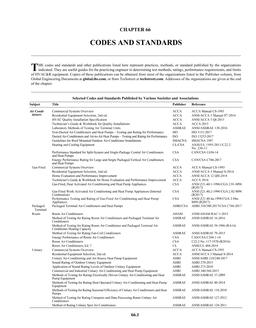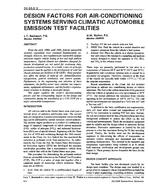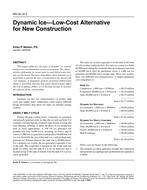Air distribution is one of the most important factors determining thermal comfort and transport of airborne contaminants in aircraft cabins. Improvement of air quality in such airspaces is limited by the difficulties in simultaneously measuring the air velocity profile within the entire flow field. Measurement of the airflow field using a new technique, volumetric particle streak velocimetry (VPSV), within aircraft cabins, therefore, has value both theoretically and practically. In this project, quantitative full-cabin air velocities in a fullscale aircraft cabin section were measured under nine experimental conditions (e.g., iso- and nonisothermal, different obstruction configurations). Obstruction configurations in the cabin had a substantial effect on the air velocity at the passenger breathing level. At 100% passenger occupancy capacity, air speed at the passenger breathing level had the least variation and the empty cabin had the largest. A cold fuselage wall under in-flight conditions increased the air speed and may induce drafts for passengers at window seats. The highest air speeds at the window seats were measured at 0.538, 0.382, and 0.228 m/s for empty, 50%, and 100% occupancy, respectively. Air speeds higher than 0.3 m/s could cause an uncomfortable draft for temperature-sensitive passengers. Some seats downstream from the supply air jet had air speeds as low as 0.034 m/s. Air velocity data presented in this paper are best treated as snapshots rather than mean values for one model of aircraft. Although pollutant concentrations or air ages were not measured at the point of velocity measurements in this study, such low air speed could indicate long mean air age and poor ventilation effectiveness. Further investigations are needed to establish zonal net air exchange rate and local (individual passenger) ventilation effectiveness.
Citation: ASHRAE Trans. vol. 111, pt. 2, paper no. 4790, p. 53-59
Product Details
- Published:
- 2005
- File Size:
- 1 file , 3 MB
- Product Code(s):
- D-26990


